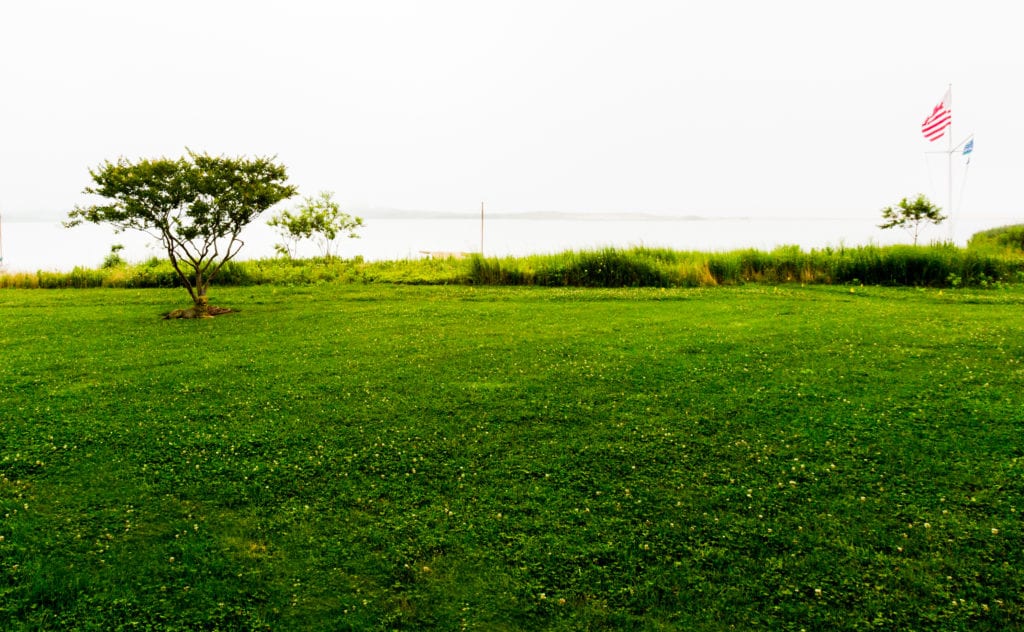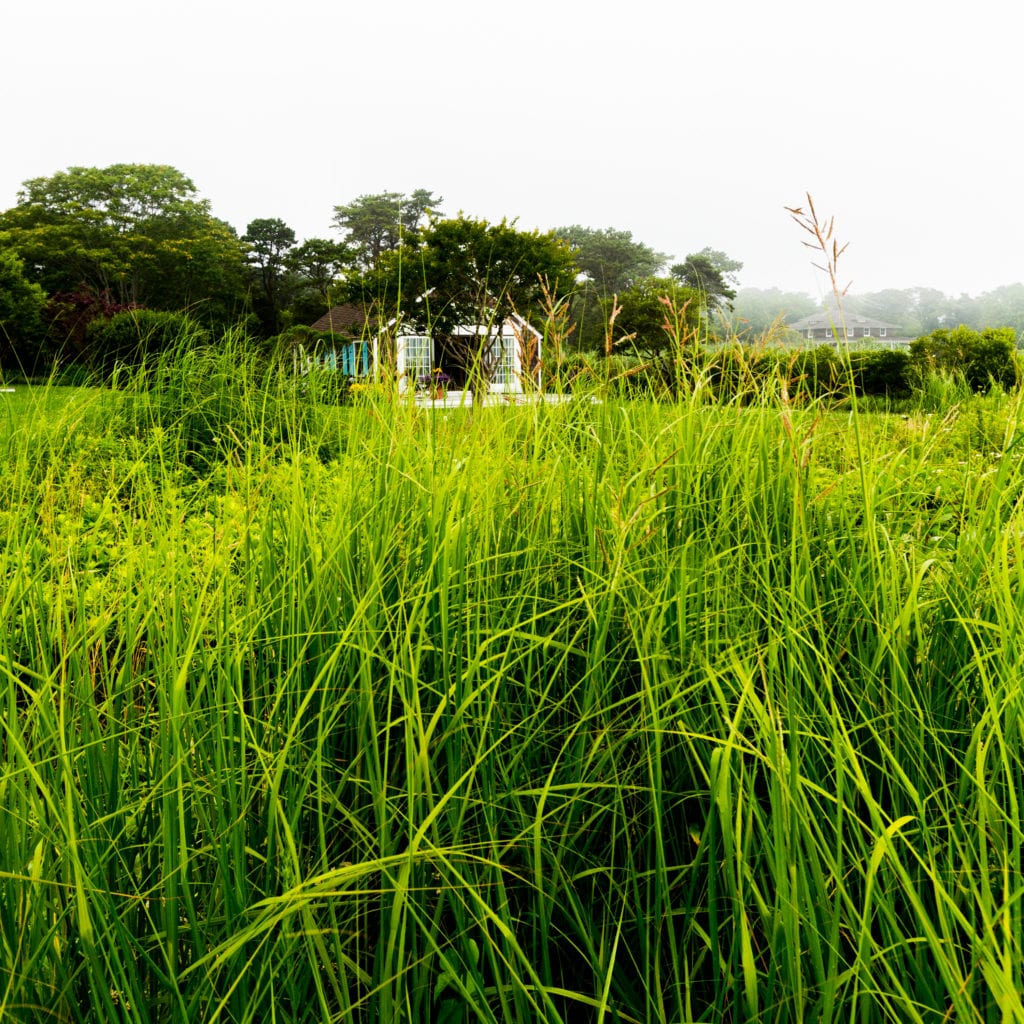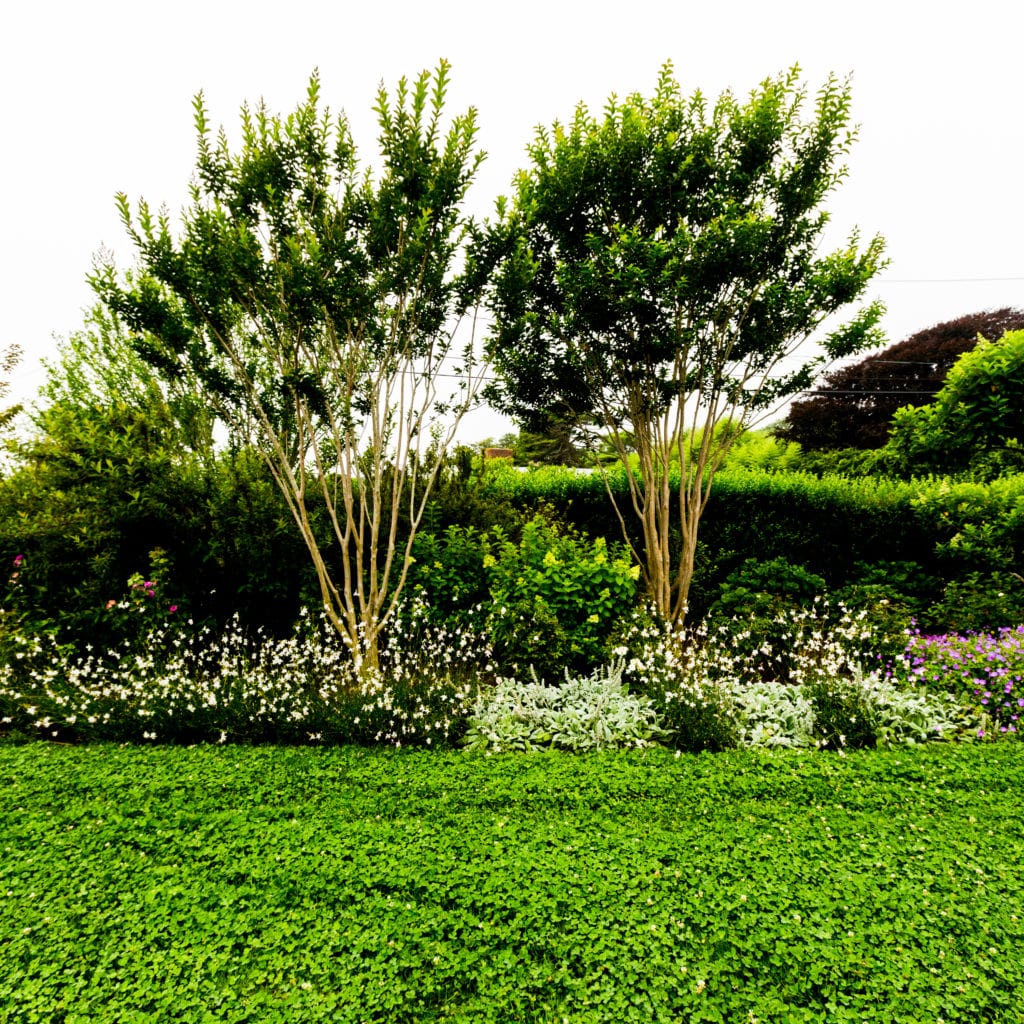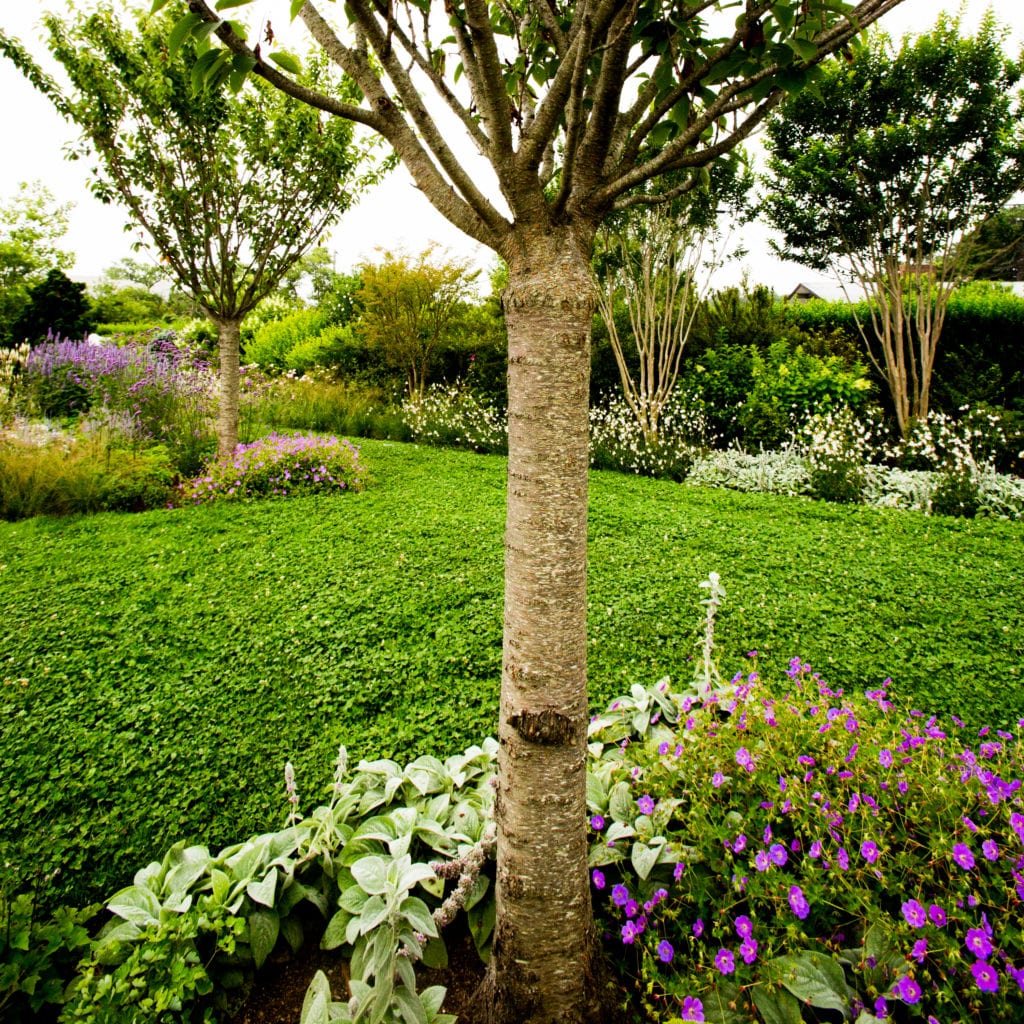by Tia Novak
Across Long Island, the very thing that makes the place so special is under attack: water.
The degradation of water on Long Island is nothing new, but the problem has been getting increasingly worse. Stories of another pond rendered too toxic for human use are emerging more frequently than ever before. Life-long residences and summer visitors are watching favorite swimming holes and fishing spots disappear. Fisherman and ecologists are witnessing shellfish populations plummet and fish kills rise.
Long Island has an economy largely based on recreation, tourism, and fishing, and there is no doubt that any of these aspects will remain unaffected by uninhibited damage to the waterways. This large problem is caused by the uncontrolled growth of a very small organism: algae.
Preventing Harmful Algal Blooms
It is true that algae are essential in aquatic and marine environments. According to the Peconic Estuary Program, a normal ecological phenomenon transforms into Harmful Algal Blooms (HABS) when the algal species and/or population size creates damaging or even deadly consequences for wildlife, humans, and pets. These blooms are harmful because they rapidly consume oxygen, creating a hypoxic environment that suffocates fish and small invertebrates. HABs become toxic for humans and pets if they contain cyanobacteria, a neurotoxin that causes paralysis that can potentially lead to death when consumed.

Nitrogen fertilizers are the second-largest source of nitrogen in our waterways. Eliminating synthetic fertilizers from waterfront landscapes, in particular, reduces nitrogen runoff into nearby bodies of waters.
Nitrogen fertilizers are the second-largest source of nitrogen in our surface water and ground water. When applied to lawns and landscapes by homeowners and landscape companies, fertilizers and pesticides are picked up by stormwater runoff travel through soil into drinking water and waterways. These chemicals are damaging water quality and wildlife, and can have serious effects in environmentally sensitive areas, including waterways.
A Comprehensive Conservation and Management Plan completed in 1994 by the Long Island Sound Study (a collaboration between the EPA, New York, and Connecticut) led to nitrogen reduction being recognized by Connecticut and New York as a necessary step to achieve dissolved oxygen water quality standards, and actions have been taken to meet target nitrogen levels. Although infrastructure changes to sewage facilities and reducing agricultural activities in the local watershed have helped decreased nitrogen in the Long Island Sound, target levels will unlikely be met by 2017 due to the increase of nonpoint sources of nitrogen, including turf fertilizer.
Progress has been made to reduce nitrogen in the Long Island Sound and across Long Island, but the increase in human activity and nitrogen from stormwater, septic, and landscape fertilizers continue to contribute significant amounts of nitrogen to waterways. Fortunately, the consequences of these activities have known, feasible solutions. If we know the source of the problem, and the solutions, why are the waterways still crying for help?

Vegetative buffer zones of at least 25 feet between lawns and waterways slows the flow of water and nutrients into ponds and estuaries.
Finding Green Solutions
In coastal areas like Long Island, rethinking stormwater management and updating outdated septic systems is a necessary step to minimize the pollution and nutrient loading (mainly nitrogen and phosphorus) they cause. The solutions are expensive, and contentious, but there are some short-term solutions to move towards improving water quality.
Although addressing storm water and septic will take large-scale infrastructural overhauls, green infrastructure solutions are often less expensive and more immediate. Solving the landscape-related problem seems relatively simple: stop applying chemicals and take a different approach to land management.
Obviously, the solution is not so simple, because in order to stop using chemical shortcuts to green lawns and weed-free landscapes, what landscapers and clients perceive as a healthy landscape must change. To be clear, that doesn’t mean the landscape will be less beautiful. For example, cutting grass at 3-4 inches versus the traditional 2 inches, will facilitate more photosynthesis, stronger root growth, and a softer, natural-looking lawn.
Transitioning to Toxin Free
Changing how we view the lawn—an integral part of American landscaping due to our pastoral, colonial past—will require a two-pronged educational approach. Landscapers, who must operate under the pressure of high-expectations of their clients, fear that switching to all-natural fertilizers and forgoing chemical weed killers will lead to subpar results and unhappy customers. Homeowners who cannot afford a landscaping company often feel like they do not have enough money or free time to transition their yards to toxin-free landscapes.
Transitioning a yard to toxin-free is not more expensive, and is not drastically more labor intensive than a conventional management strategy. A toxin-free landscape focuses on the process, not the product. Toxin-free requires a different approach, and transitioning a yard to a toxin-free landscape does take attention and observation. Changing the process is a process; it requires patience. Considering the state of our waterways in Long Island and across the country, landscape professionals and homeowners alike, have very little time to waste.
Educating for a Perfect Earth
The Perfect Earth Project, a non-profit organization that promotes toxin-free landscapes, has been working with local organizations to educate landowners about how the toxic chemicals they use affect the land and water beyond their property line. In fact, Perfect Earth wants landowners to understand that their property is not a piece of land separate from the surrounding environment, but a component of the larger whole. We want our community members to see themselves not as landowners, but as land stewards who have a responsibility to do their part in keeping our drinking water, ground water, and waterways clean.

Clover lawns fix nitrogen, reducing the need for fertilizers, and provide an important food source for pollinators.
In addition to removing toxic chemicals, Perfect Earth suggests a few other approaches to a healthy landscape in ecologically sensitive areas. The Perfect Earth Project encourages landowners to avoid mowing their lawn up to the edge of a pond or estuary, and instead incorporate an unmowed buffer zone of at least 25 feet. Encouraging plant growth within this zone will help slow the flow of water, and slow chemicals transported by the water from yards and roadways. Facilitating biodiversity along the edge of a waterway through planting native plants found in riparian areas, as opposed to a lawn monoculture, will help stabilize banks susceptible to erosion and create wildlife habitat.
Opportunities to Educate
There are more ways than one to create a healthy, toxin-free landscape, and Perfect Earth will be supporting several opportunities for homeowners and landscapers this fall.
This October, Perfect Earth will be working with homeowners near East End ponds to raise awareness about toxic lawn chemicals and their detrimental effects in ecologically sensitive areas. We hope that this educational event can serve as a model for similar seminars across the country, to help raise awareness of the effects of toxic chemicals applied to our landscapes. In November, Perfect Earth Project will be sponsoring the NOFA Accreditation Course in Organic Land Care, which will be taking place over November 7-8th and 15-16th at the Cornell Cooperative Extension Education Center located in Riverhead, NY. The 30-hour, 4-day course for land care professionals and environmental educators offers a well-rounded curriculum that will cover organic land care principles, practices, design. and maintenance. Participants will be able to pass an exam and become NOFA accredited.
We hope that many of our colleagues at the Ecological Landscape Alliance will be able to join us at these events to continue educating their clients and themselves about the benefits of switching to a toxin-free landscape. Our waterways cannot wait any longer.
For more information on how to help your clients be toxin-free, please visit our website at perfectearthproject.org. For more information about the NOFA Accreditation Course, please visit organiclandcare.net or call the CT NOFA office at 203-308-2584.
About the Author
Tia Novak is happy to have found the Perfect Earth Project, where she supports education and outreach efforts at the local and national scale. She hopes to use her diverse background in horticulture, art, and science to create a tangible, positive impact that serves both people and the planet. Tia holds a B.A. in Biology and Environmental Science and Policy from Smith College and a MSc. in Ecological Design and Planning from the Conway School. Tia can be reached at tia@perfectearthproject.org.
Each author appearing herein retains original copyright. Right to reproduce or disseminate all material herein, including to Columbia University Library’s CAUSEWAY Project, is otherwise reserved by ELA. Please contact ELA for permission to reprint.
Mention of products is not intended to constitute endorsement. Opinions expressed in this newsletter do not necessarily represent those of ELA’s directors, staff, or members.


